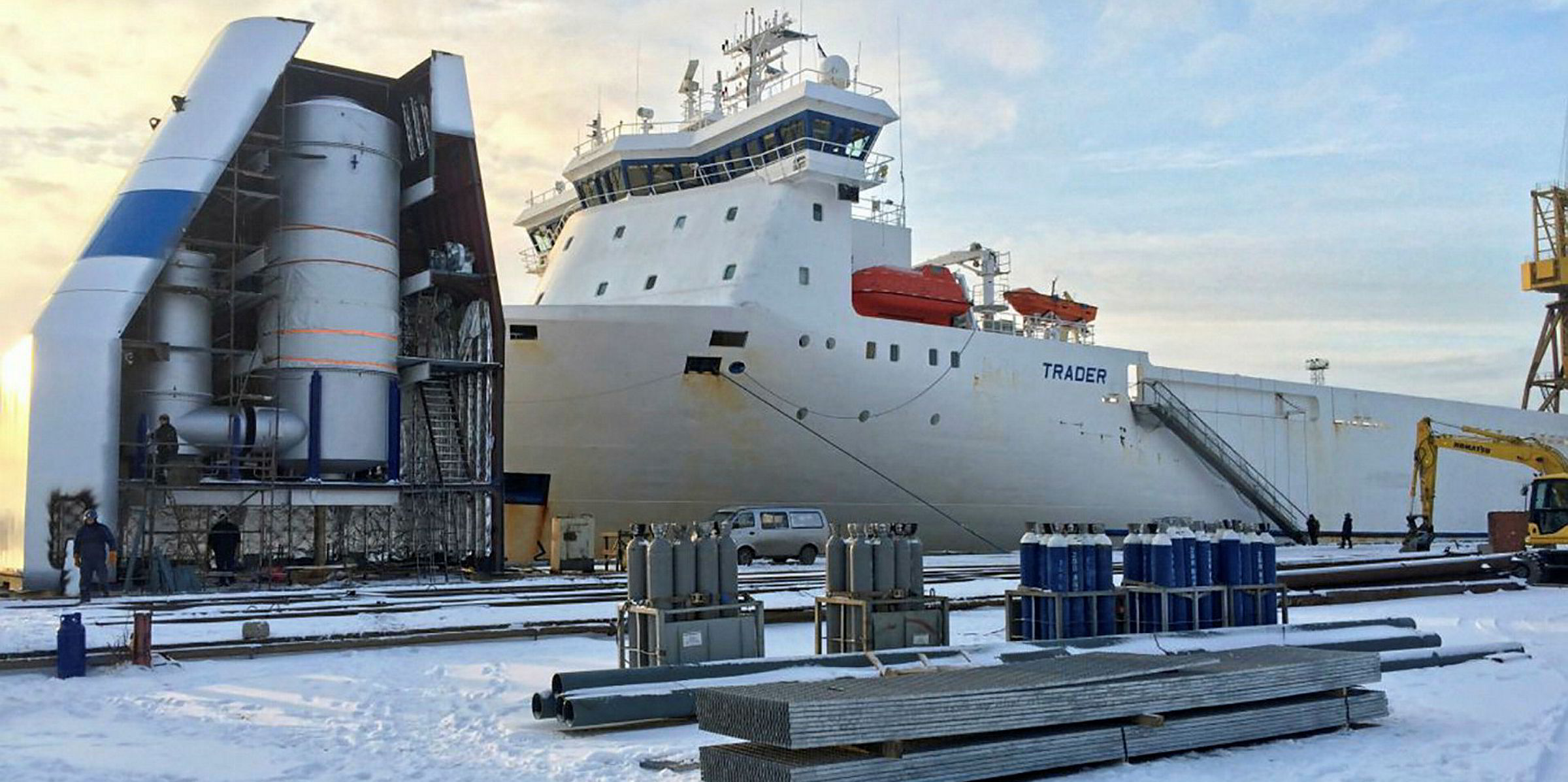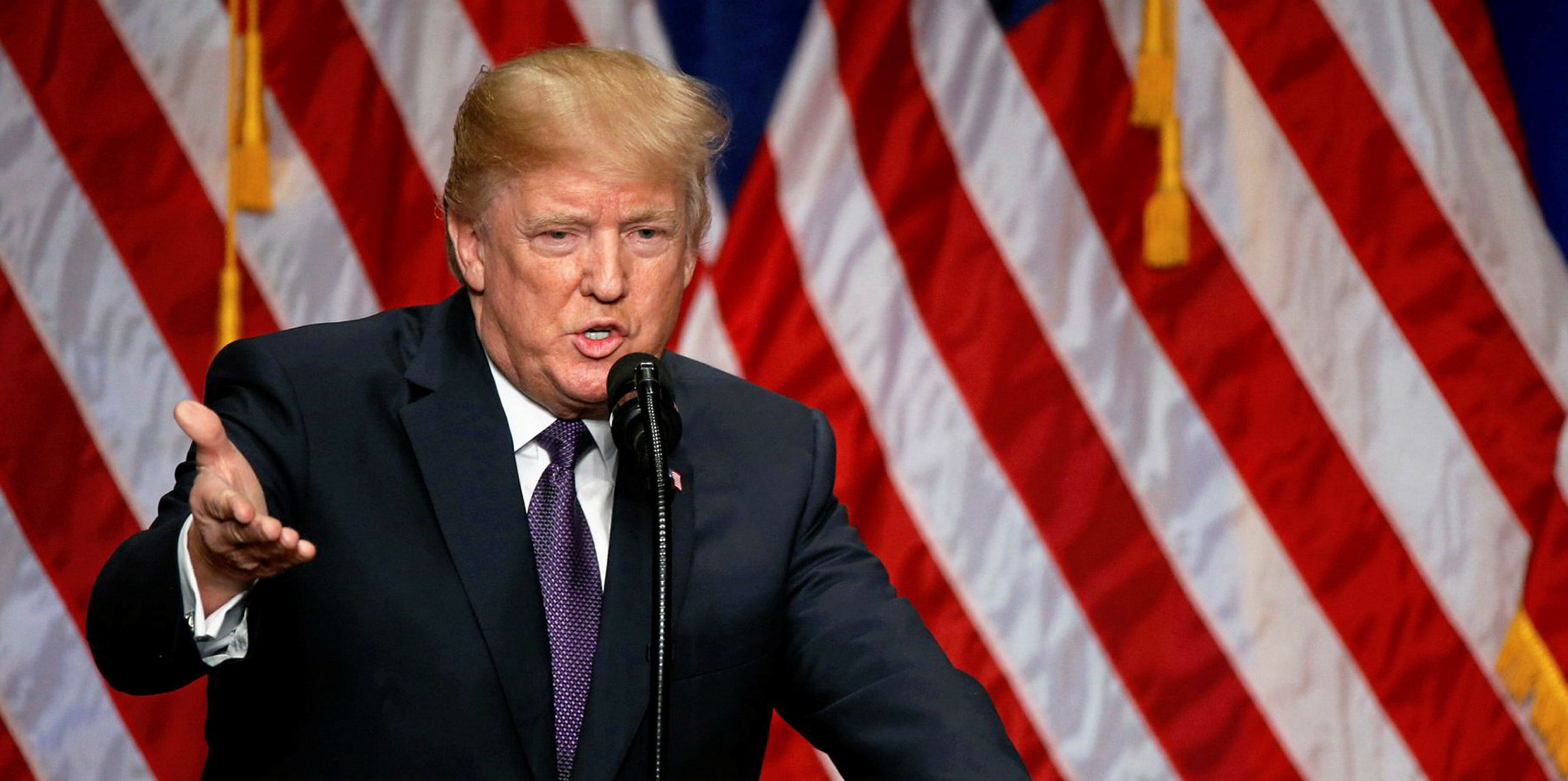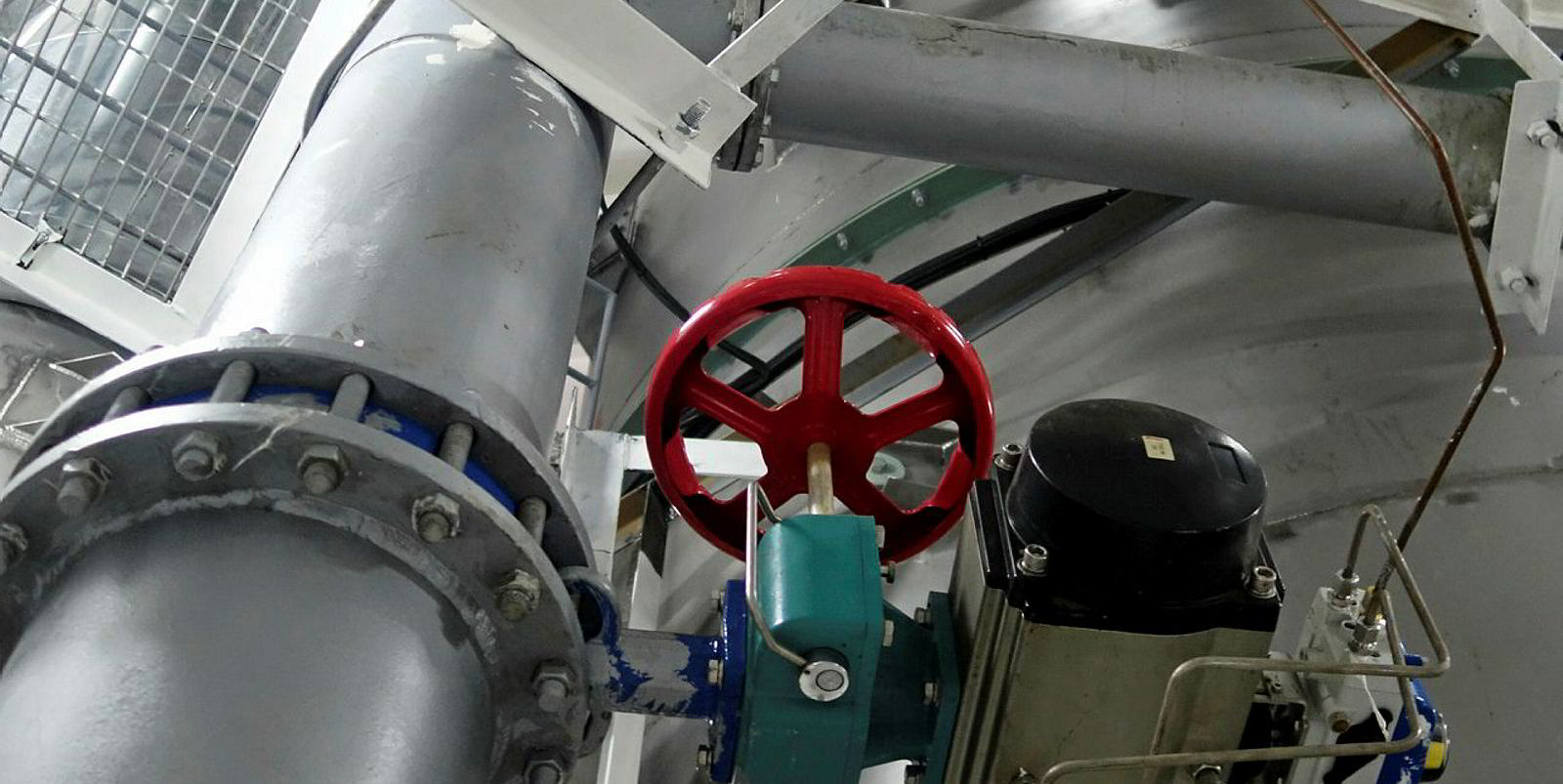The scrubber bonanza has slowed in recent months, with uncertain investment returns, a lack of installation capacity and a limited number of vessels suitable for the technology, according to manufacturers and analysts.
Wartsila and Alfa Laval — the top two scrubber makers by orderbook size — have reported lower second-quarter sales of the equipment compared with the same period last year. They cited uncertainty over post-2020 fuel prices as a key reason for the drop.
Vessels will need to have the exhaust gas cleaning technology onboard if their owners want to continue consumption of the cheaper high-sulphur fuel oil (HSFO) from January.
However, the premium of IMO-compliant fuel to HSFO for 2020 delivery has often been less than $200 per tonne in derivative trading this year, suggesting the financial benefits from scrubber installation may fall below expectations.
“The scrubber market was, as expected, weaker during the quarter, pending the new sulphur directive that comes into force at year-end and uncertainty around its effects on the fuel price,” Alfa Laval president Tom Erixon said in a quarterly report.
Wartsila president Jaakko Eskola wrote in the company’s half-year report: “The development of bunker fuel costs and availability remains uncertain ahead of the IMO 2020 deadline, posing a potential risk for scrubber investments.”
Moreover, non-scrubber vessels have enjoyed strong rates in the three-year time charter markets, diminishing the incentives for investing in the technology.
“That is surely raising questions in owners’ minds about the need for fronting cash ... for scrubber investments and [worrying] about the residual value risk,” says Anoop Singh, Braemar ACM’s Singapore-based regional head of tanker research.
In addition, newbuilding orders for large vessels — which generally enjoy shorter return periods for scrubber installation — have been limited recently.

According to Clarksons, only five VLCCs and no post-panamax boxships were ordered in the second quarter. Aside from China Cosco Shipping, no company ordered capesize bulkers.
“The scrubber ‘target market’ was already well covered by the last spurt, with limited room for growth over the short term,” Singh notes.
Owners take a breather
“The owners who were pro-scrubbers have already played their hand, and the remaining [owners] are by and large in the ‘scrubber non-believers’ camp.”
Despite the slowdown, the overall scrubber orderbook size has largely met earlier industry expectations.
According to Stifel data, shipowners have ordered scrubbers to be fitted on 3,684 vessels, of which 3,011 are due to complete installation by January.
However, there is speculation that some owners could face delays in installation due to limited yard capacity.
“The lag in installations appears to be giving a forced breather for owners to reassess the options for compliance, which is about to get a lot clearer as we approach the autumn period and the market decides which choice will be the long-term solution,” VesselsValue analyst Court Smith says.
For now, most analysts still expect the premium of IMO-compliant fuel to HSFO to widen to $250 to $300 per tonne next year before shrinking, with most of the global trading fleet required to use compliant bunkers. Some scrubber makers expect that to prompt another ordering spree, as owners seek to take advantage of the premium.
However, Singh warns, the optimism may be misplaced. “While a wider spread is likely in the months ahead, a second large surge in scrubber ordering is less so,” he adds. “The case for a scrubber on the next wave of newbuilds likely to be contracted in the months ahead will be much weaker than it was for last year, because these ships will deliver in 2021 and beyond.”
By then, he says, the spread between compliant low-sulphur fuel and HSFO is forecast to narrow.
“In addition, these newbuilds will probably be ordered with an eye on IMO’s 2030 to 2050 greenhouse gas [emission] targets, towards which a scrubber has little contribution to make,” Singh says.






